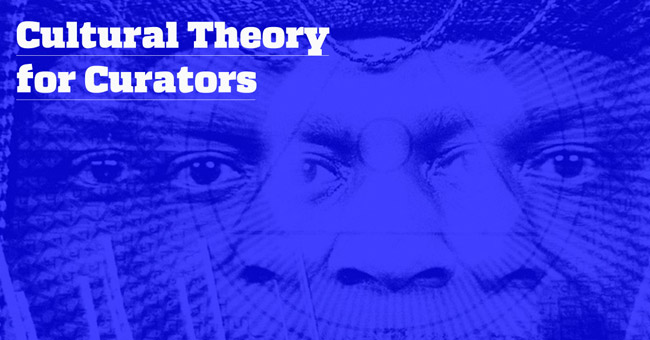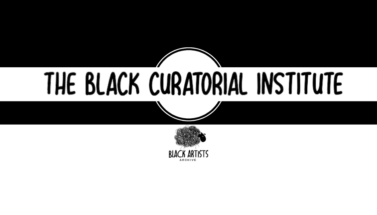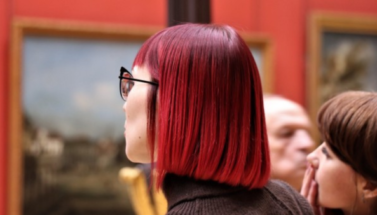Cultural Theory for Curators
Cultural Theory for Curators
Online course by Node Center with An Paenhuysen, Craig Schuftan
Duration: Nov 08 – Nov 29, 2016
Enroll before: Nov 5, 2016
 How did these writers and their ideas influence and shape the art world and curatorial practice? And are their theories still relevant in a globalised art scene?
How did these writers and their ideas influence and shape the art world and curatorial practice? And are their theories still relevant in a globalised art scene?
This course combines the theoretical and philosophical with case studies of curation and criticism. By drawing on three centuries’ worth of writing and thinking about culture, from Matthew Arnold and Walter Benjamin to Susan Sontag and bell hooks, Schuftan and Paenhuysen will untangle this notoriously knotty concept in a way that is practical and accessible for art-world professionals and interested culture-lovers alike. Whether as a useful introduction to some key ideas for beginners, or an enlightening refresher for experienced art writers and curators, Schuftan andPaenhuysen’s course will offer some new perspectives on some of the people and ideas that shaped today’s art world.
Program
Week 1. Matthew Arnold and the value of culture
Curators and art writers work in a sector that is forever holding out its hat to organizations with money on the one hand, while defending itself from philistine attacks on the other. We do both by appealing to the value and importance of culture. But where is the value, and why exactly is it important? Arnold’s writing offers us a chance to unpack some of our most deeply-entrenched beliefs about the value of creative culture, while containing many ideas that are still relevant and thought-provoking today.
Week 2. Walter Benjamin on art and consumption
Today, many feel that the art world has turned homogeneous, displaying one mainstream global culture, shaped by the rules of the Western art market. Is there still such a thing as underground culture, subculture, or alternative culture that reclaims culture as a place of critique, a way of holding society to account?Benjamin, along with his contemporaries and posthumous followers, offered the first theories of this still-evolving relationship between art and the consumer society.
Week 3. Susan Sontag and mixing high and low culture
In the post-war period, a new way of thinking about popular culture emerged, popculture came to play the role previously reserved for ‘folk’ culture; spontaneous, expressive, lively and democratic. In Sontag’s work, the supreme srubbed shoulders with artaud and genet, horror films were discussed in the same terms as art happenings. Now, we take such a post-modern approach almost forgranted, and yet the high-low divide persists, albeit in new forms and new configurations.
Week 4. bell hooks on cultural appropriation and preservation
Increasingly today we find ourselves dealing not so much with culture as cultures; promoting the virtues of one for the benefit of another, protecting this one from colonisation or theft at the hands of that. How do we decide what’s worth promoting or preserving? How do we tackle issues of cultural appropriation? Here, we use hooks’ work as a lens through which to view these art-world dilemmas, which, after all, reflect much bigger ones.
More info: https://nodecenter.net





